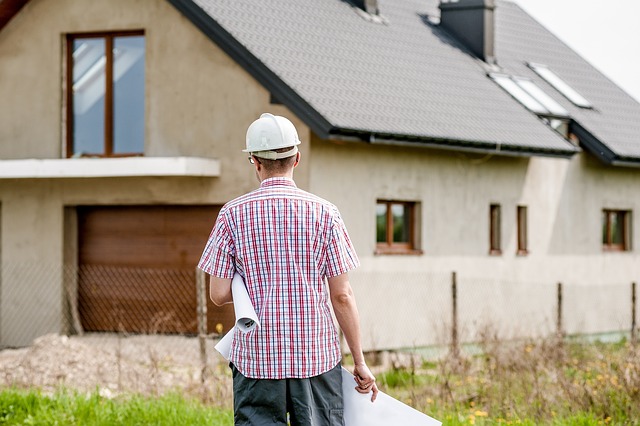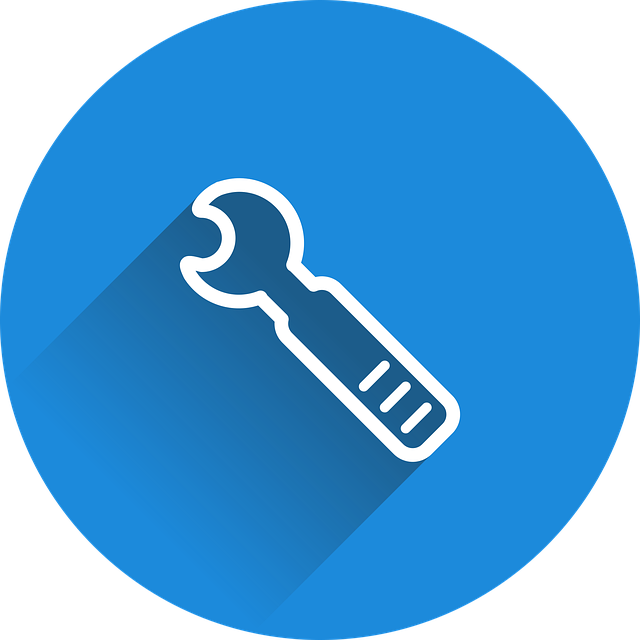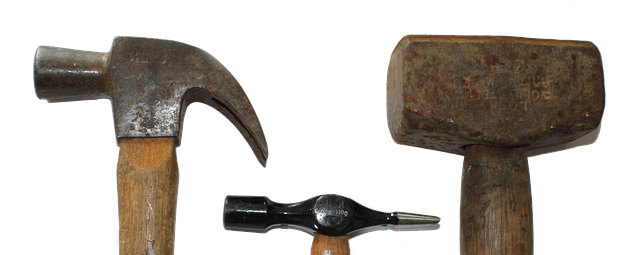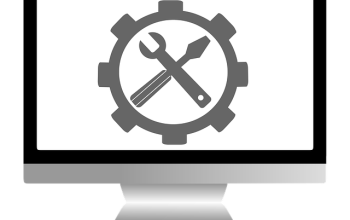Homeowners can independently address many common appliance issues through basic home repair and maintenance skills, saving costs by replacing parts like thermostats or tightening belts. Regular checks prevent major damage. Installation requires precise preparation, connection to utilities, assembly, and testing. DIY repairs offer satisfaction but have limitations, especially for complex appliances; professional technicians provide specialized knowledge, safe fixes, warranty support, and extended lifespans.
Appliance breakdowns can disrupt your daily routine, but understanding common issues and knowing how to address them can save time and money. This comprehensive guide covers everything from identifying typical appliance problems to mastering basic repairs. We provide a step-by-step installation process for new appliances and offer valuable tips for DIY enthusiasts looking to tackle minor fixes. Additionally, learn when it’s best to call a professional for expert home repair and maintenance services.
- Understanding Common Appliance Issues and Their Solutions
- The Process of Appliance Installation: A Step-by-Step Guide
- Repairing Home Appliances: Tips for Do-It-Yourselfers
- When to Call a Professional for Appliance Maintenance
Understanding Common Appliance Issues and Their Solutions

Many common appliance issues can be easily resolved by homeowners with a basic understanding of home repair and maintenance. For instance, a refrigerator that’s not cooling properly might be suffering from a faulty thermostat or a blocked condensate drain. Addressing these problems early can prevent more severe damage and costly repairs.
When a washing machine won’t spin, it could be due to a loose belt or a damaged motor. Sometimes, the issue lies with the water supply, such as a closed valve or pressure issues. Regular maintenance checks, including cleaning filters and inspecting for wear and tear, can help prevent these common problems from escalating.
The Process of Appliance Installation: A Step-by-Step Guide

Appliance installation, though seemingly straightforward, involves a meticulous process that requires skill and precision. It begins with thorough preparation, ensuring the space is ready to accommodate the new appliance. This includes measuring the area, checking for adequate power outlets, and verifying the appliance’s compatibility with existing infrastructure. Once ready, the packaging is carefully removed, and the device is positioned precisely, accounting for any leveling adjustments needed.
The next critical step involves connecting the appliance to power sources and water supplies (if applicable), ensuring secure and safe installations. This is followed by complex assembly processes specific to each appliance type, requiring clear instructions and, often, specialized tools. Post-assembly, thorough testing is conducted to ensure optimal performance and address any initial glitches. Proper disposal of packaging materials and old appliances also fall under the home repair and maintenance umbrella, contributing to a sustainable approach to these tasks.
Repairing Home Appliances: Tips for Do-It-Yourselfers

Repairing home appliances can be a rewarding DIY project for many, offering cost savings and the satisfaction of fixing something yourself. Before tackling any repair, it’s crucial to assess the issue at hand and gather the necessary tools and parts. Start by identifying the problem—is it a malfunctioning dishwasher or a noisy washing machine? Once you’ve determined the culprit, consult your owner’s manual for troubleshooting tips specific to that appliance. Many modern appliances also have digital displays with error codes, which can guide you in the right direction.
For safety reasons, unplug the appliance before beginning any repair work. If you’re uncomfortable or unsure about a particular step, it’s always best to consult a professional. Home repair and maintenance is an ongoing process, so investing in basic tools and learning some troubleshooting techniques will empower you to handle minor issues in the future.
When to Call a Professional for Appliance Maintenance

Many homeowners attempt basic appliance maintenance and repairs as a way to save money and stay independent. However, there comes a time when DIY methods aren’t enough. Recognizing when it’s time to call in a professional is crucial for effective home repair and maintenance. Appliances, especially complex ones like refrigerators or dishwashers, are designed with safety features that require specialized knowledge to bypass. Malfunctions can also lead to costly damages if not handled correctly; a single wrong move could void warranties or worse.
Professionals have the training and experience needed to diagnose issues accurately, ensuring proper repair methods are employed. They carry access to high-quality parts and tools, which translates to longer-lasting repairs. Regular maintenance by experts can also prevent future problems, prolonging appliance lifespans and saving you from unexpected, costly breakdowns in the middle of your daily routines.
In the realm of home repair and maintenance, understanding appliance issues and their solutions is an invaluable skill. Whether it’s through following a step-by-step installation guide or tackling DIY repairs, homeowners can significantly extend the lifespan of their appliances. However, recognizing when to call a professional for maintenance is crucial, ensuring safety and optimal performance. By mastering these aspects, folks can navigate the labyrinthine world of appliance care, fostering a vibrant and efficient household.



